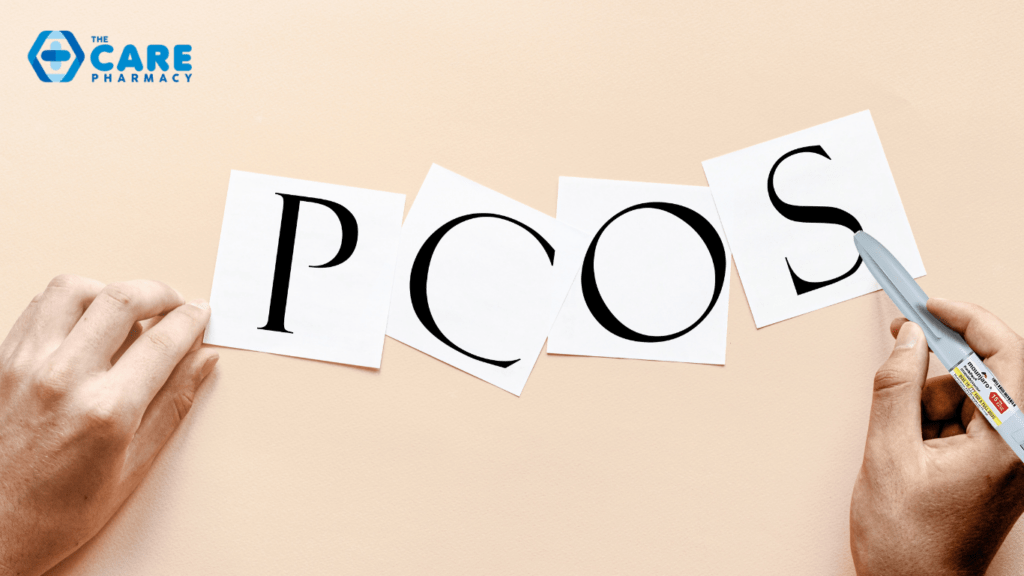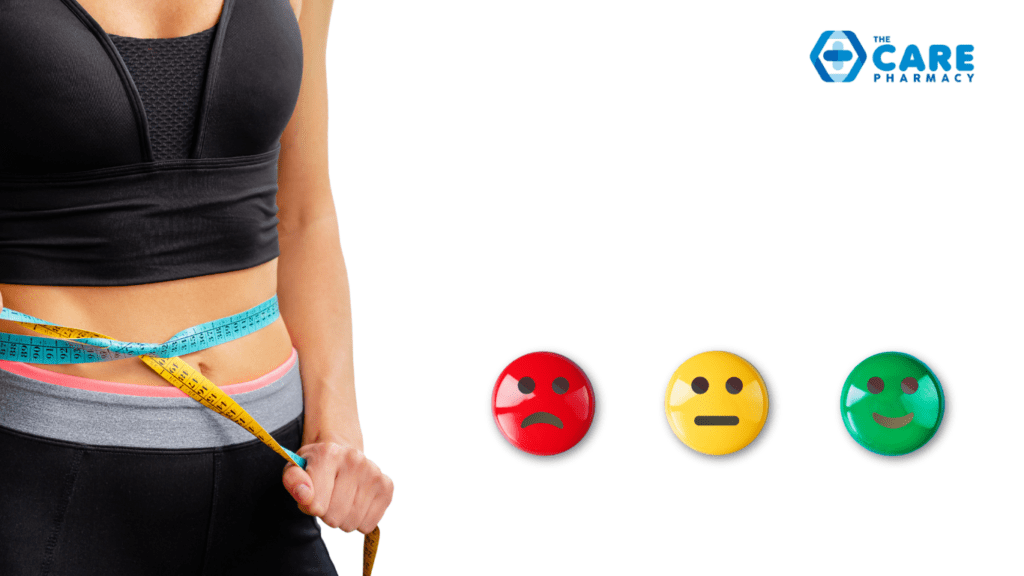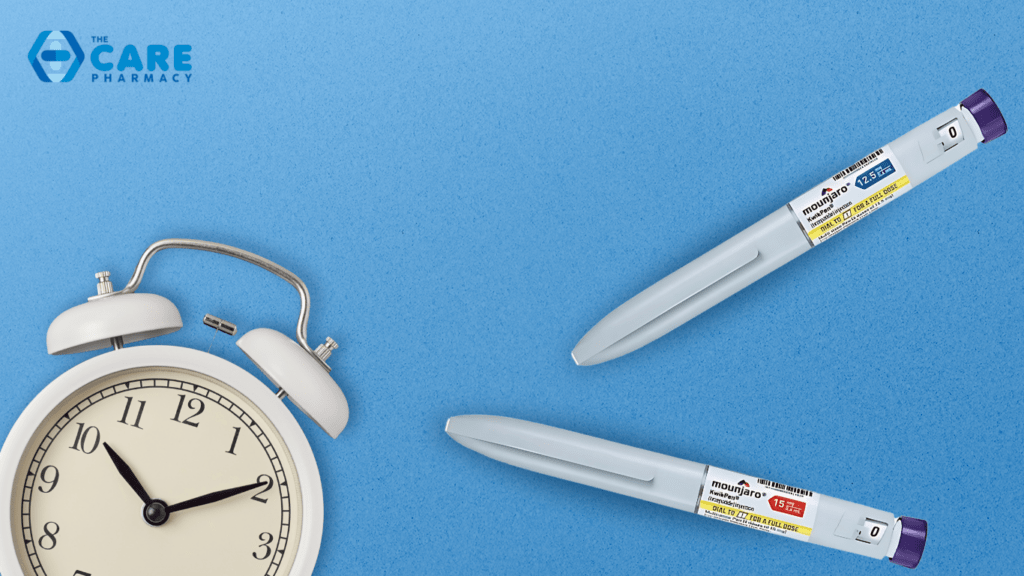Eli Lilly’s latest development, Retatrutide, is showing great potential as a groundbreaking treatment for obesity and metabolic health.
Unlike other weight loss injections, it works by targeting three key hormone pathways, offering enhanced effectiveness. Early clinical trials have demonstrated impressive weight loss results, positioning Retatrutide as a promising alternative to existing treatments.
In this blog, we will explore how Retatrutide works, its uses, possible side effects, availability, and how it compares to well-known treatments such as Wegovy and Mounjaro
What Is Retatrutide Used For?
Retatrutide is being developed to target multiple metabolic conditions, with its primary uses in obesity management, type 2 diabetes, and fatty liver disease.
Obesity Management
Retatrutide is most notably being developed for weight loss. In clinical trials, it has demonstrated the potential to help individuals lose over 20% of their body weight. This is a significant breakthrough, particularly for people who have not had success with traditional weight loss methods or other weight loss medications. By targeting multiple metabolic pathways, Retatrutide offers a more comprehensive solution to managing obesity.
Type 2 Diabetes Treatment
In addition to obesity, Retatrutide is being tested for its effectiveness in type 2 diabetes management. The drug helps regulate blood sugar levels while also promoting weight loss, which is crucial for people with type 2 diabetes. With better control over glucose and weight, patients may experience improved long-term outcomes and easier management of their diabetes.
Treats Fatty Liver Disease
Another promising area of research for Retatrutide is its potential to treat fatty liver disease. Early studies indicate that the drug may help reduce liver fat in people with obesity, potentially preventing the progression of non-alcoholic fatty liver disease (NAFLD). This dual action on both weight and liver fat makes Retatrutide a unique treatment option for those at risk of liver complications.
What Makes Retatrutide Unique?
Retatrutide represents a major breakthrough in weight loss journeys. Unlike earlier treatments like Wegovy or Mounjaro, which focus on one or two hormone receptors, Retatrutide targets three. This makes it a triple agonist, interacting with the following receptors to promote fat burning, blood sugar control, and appetite reduction:
- GLP-1 (Glucagon-like peptide 1)
- GIP (Glucose-dependent insulinotropic polypeptide)
- GCG (Glucagon)
Weekly Injection with Long-Lasting Effects
Administered as a weekly injection, Retatrutide stays active in the body for around six days. This extended half-life ensures long-lasting effects, making it a convenient option for patients who struggle with daily medication.
How Does Retatrutide Work?
Retatrutide works by mimicking the actions of three important hormones such as GLP-1, GIP and GCG. These hormones play a crucial role in regulating hunger, fat metabolism, and blood sugar levels. By targeting multiple receptors, Retatrutide aims to provide more comprehensive effects than other medications that focus on only one or two pathways. Here’s a detailed look at the specific actions of each hormone receptor involved:
- GLP-1 (Glucagon-like peptide-1): This receptor is responsible for reducing appetite and slowing down the digestion process. By doing so, it helps people feel fuller for a longer period of time, which can lead to a reduction in calorie intake and promote weight loss.
- GIP (Gastric inhibitory polypeptide): This hormone plays a key role in lowering blood sugar levels, particularly after eating a meal. Additionally, it contributes to improved fat metabolism, helping the body process and store fat more efficiently, which can aid in weight management.
- GCG (Glucagon): The glucagon receptor encourages the body to burn stored fat for energy. By promoting fat burning, it helps increase calorie expenditure and supports the reduction of body fat, contributing to overall weight loss and improved metabolic health.
By acting on all three of these receptors, Retatrutide offers a multi-pronged approach to weight loss and metabolic control, making it a promising treatment option for individuals struggling with obesity or metabolic conditions such as type 2 diabetes.
Together, these actions not only reduce calorie intake but also promote weight loss by improving metabolic efficiency.
What Clinical Trials Say About Retatrutide?
Data from a phase 2 clinical trial, as published in The New England Journal of Medicine, shows Retatrutide’s impressive results. In a trial involving overweight and obese adults, participants lost up to 17.5% of their body weight in 24 weeks, and those who continued treatment for 48 weeks saw an average weight loss of 24.2%.
These numbers surpass the results of most current weight loss drugs, indicating that Retatrutide could offer a more powerful solution for managing obesity.
Additionally, Retatrutide is being studied for its impact on type 2 diabetes mellitus. In this study, Retatrutide not only helped reduce blood sugar levels but also promoted significant weight loss in people with type 2 diabetes. Those on higher doses experienced greater benefits, further proving the drug’s effectiveness. Side effects were mostly mild and included gastrointestinal symptoms such as nausea and diarrhoea.
Comparing Retatrutide with Wegovy and Mounjaro
While Wegovy and Mounjaro are well known for their weight loss effects, Retatrutide’s triple-action mechanism sets it apart. Wegovy acts only on the GLP-1 receptor, which primarily reduces appetite. Mounjaro, on the other hand, activates GLP-1 and GIP, making it more effective than Wegovy. However, Retatrutide goes even further by targeting GLP-1, GIP, and GCG, which enhances fat burning as well as appetite suppression.
In placebo controlled clinical trials, Retatrutide has shown a 24% weight reduction in 48 weeks, just 1% behind Mounjaro’s 25% weight loss over 52 weeks, but in a shorter time frame. This positions Retatrutide as one of the most effective treatments in its class.
How to Store Retatrutide?
While specific storage guidelines for Retatrutide have not yet been officially released, it is advisable to follow general storage practices similar to those for other injectable medications.
Typically, such medications are best preserved when kept in a refrigerator. Therefore, it is prudent to store Retatrutide at a temperature between 2°C and 8°C (36°F to 46°F). This temperature range helps to maintain the stability and efficacy of the medication.
Ensure that the medication is kept in its original packaging to protect it from light and contamination. Avoid storing Retatrutide in the freezer or exposing it to high temperatures, as extreme temperatures can adversely affect the medication’s effectiveness.
Furthermore, it is essential to store Retatrutide out of sight and reach of children to prevent accidental ingestion or misuse. Keeping medications in a secure, designated area of your refrigerator is an effective way to safeguard them and ensure their proper storage.
For the most accurate and up-to-date storage instructions, consult the medication’s package insert or speak with a healthcare professional or pharmacist. They can provide specific guidance tailored to the product you are using.
What are the Side Effects of Retatrutide?
As with any medication, Retatrutide has potential side effects. However, these tend to be mild to moderate and occur mainly during the initial dosing period. The most commonly reported side effects include:
- Nausea
- Diarrhoea
- Vomiting
- Mild stomach discomfort
Importantly, no cases of severe hypoglycemia or fatalities were reported during clinical trials, and most side effects were resolved without needing to stop the medication.
Is Retatrutide available in the UK?
As of now, Retatrutide is still undergoing clinical trials, and it is not expected to be available in the UK until 2026 at the earliest. The drug is currently in phase 3 trials, which are large-scale studies to test its effectiveness and safety in a broader population. Earlier phase 1 and 2 trials have already shown promising results in terms of weight loss and metabolic improvements.
If Retatrutide is proven to be both safe and effective in these trials, it could become available as part of weight-loss programs offered by healthcare providers like The Care Pharmacy.
However, until Retatrutide is approved, the only weight-loss injections currently available in the UK through prescription are Mounjaro (Tirzepatide) and Wegovy (Semaglutide).
For now, Retatrutide cannot be purchased online or prescribed, but its future availability looks promising pending successful trial results.
Looking Ahead: The Future of Retatrutide
As Retatrutide progresses through phase 3 clinical trials, it continues to show promise as a top contender in the fight against obesity and type 2 diabetes.
If it is approved, Retatrutide could become the most comprehensive option available, thanks to its unique triple-action mechanism. With the potential to outperform other weight loss drugs and deliver substantial metabolic improvements, Retatrutide represents a new frontier in weight management and diabetes treatment.
FAQS
How does Retatrutide function within the body?
Retatrutide is classified as a tri-agonist, meaning it interacts with three distinct hormone receptors. This multi-receptor approach is intended to offer improved weight loss results compared to treatments targeting only one or two receptors..
What is the current recommended dosage for Retatrutide?
It is expected to be administered as a weekly injection, starting with a lower dose to minimise side effects and gradually increasing to a maintenance level over time.
How should Retatrutide be administered?
Retatrutide will be administered weekly using a pen injector. The injection can be given subcutaneously in areas such as the arm, thigh, or stomach.
Can alcohol consumption affect the use of Retatrutide?
The interaction between Retatrutide and alcohol is not yet fully understood. However, it is possible that alcohol could exacerbate side effects, including potentially increasing the risk of low blood sugar.
Will Retatrutide be available through the NHS?
Retatrutide has not yet been released in the UK and may take one or two years to be available in the UK. It will likely take additional time before it is evaluated for NHS use.
How long does it typically take for Retatrutide to show weight loss results?
While specific timelines for Retatrutide are not yet established, similar medications usually begin to work relatively quickly, though noticeable weight loss may take several weeks to become apparent.
What drugs might interact with Retatrutide?
A complete list of drug interactions for Retatrutide is not available at this time. It is likely to interact with certain diabetes medications, among others. Detailed information will be provided in the patient information leaflet upon release.
Is Retatrutide available for purchase online?
As Retatrutide is still in development, it is not currently available for purchase. It may take a year or two before it is accessible for buying in the UK.
What alternative treatments are available for weight loss?
Alternatives to Retatrutide include Wegovy and Mounjaro which are currently available at The Care Pharmacy Weight Loss Clinic at the most affordable prices.
These medications are commonly prescribed for weight management and type 2 diabetes and work by regulating appetite and glucose levels. Semaglutide has been shown to help with significant weight loss, making it a popular choice for patients looking for effective alternatives.
Other options in the same class of medications include liraglutide (Saxenda) and dulaglutide (Trulicity), each offering similar benefits in controlling weight and managing blood sugar.
Will I need a prescription to obtain Retatrutide?
Retatrutide will be licensed as a prescription-only-medication, it is expected that a prescription will be required.
What are the storage requirements for Retatrutide?
Although official storage guidelines are not yet available, it is anticipated that Retatrutide should be stored in a refrigerator at temperatures between 2°C and 8°C. It is crucial to keep the medication out of sight and reach of children.
Is Retatrutide the same as Ozempic?
No, Retatrutide is not the same as Ozempic (Semaglutide). Retatrutide and Ozempic are different medications with different properties.
Retatrutide works by imitating three different hormones to aid in weight loss and regulate blood sugar, whereas Ozempic targets only one hormone.
Where Ozempic is only licensed to treat type 2 diabetes and its being used off-label for weight loss in 2023, Retatrutide is yet to receive approval in the UK, but it’s likely to be approved for weight loss and type 2 diabetes.
Does Retatrutide burn fat?
Retatrutide distinguishes itself from other medications by activating three different receptors, which improves both weight loss and metabolism. One of these receptors, Glucagon, promotes fat burning, resulting in higher calorie expenditure.
Is Retatrutide better than Semaglutide?
Weight-loss medications such as Semaglutide and Tirzepatide help control appetite and digestion by targeting the GLP-1 hormone. However, some may be more effective than others. Newer drugs like Retatrutide could potentially deliver better outcomes because they target multiple hormones simultaneously.
Who developed Retatrutide?
Retatrutide is an obesity treatment developed by the American pharmaceutical company Eli Lilly and Company.
Is Retatrutide an injection?
Yes, Retatrutide is given as a weekly injection. Clinical trials have shown an average weight loss of up to 24.2% after 48 weeks. It is also being studied for treating type 2 diabetes, where it has significantly improved blood sugar control and led to noticeable weight loss.
Medically reviewed by
Mohammed Lakhi
Superintendent Pharmacist











